SixAxis
-

Co-Founder & CEO of SixAxis Manufacturing to Step Down at the End of 2021, President Named Successor
Rob Honeycutt, Co-Founder & Chief Executive Officer, plans to step down from his current role as CEO at the end of 2021. The Board of Directors has appointed Jeff Reichert to succeed Honeycutt as Chief Executive Officer on January 1, 2022.
-

SafeRack Welcomes Eric Grothaus as Director of Human Resources
SafeRack, the world’s largest manufacturer of truck and railcar loading platforms and safety equipment, welcomed Eric Grothaus as Director of Human Resources in July. Grothaus will be responsible for attracting and retaining the very best candidates for the company. Grothaus joins the SafeRack team after a lengthy career in Human resources working for Cincinnati…
-
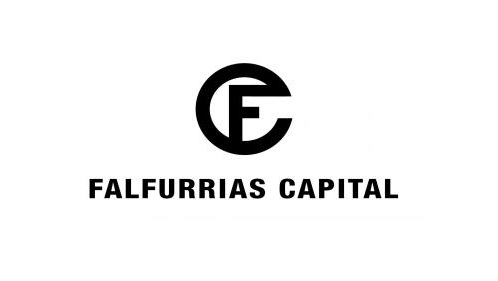
Falfurrias Capital Announces Strategic Investment in SixAxis
Falfurrias Capital Announces Strategic Investment in SixAxis SixAxis is a leading manufacturer of safety equipment, including SafeRack, ErectaStep brands CHARLOTTE, N.C. (Sept. 21, 2017) – Falfurrias Capital Partners (“FCP”), a Charlotte-based private equity firm focused on investing in growth-oriented, middle-market businesses, and SixAxis LLC (“SixAxis”), the leading manufacturer of advanced products that increase worker…
-

SixAxis Statement Regarding Hurricane Harvey
On behalf of the entire SixAxis family, our thoughts and prayers go out to all of those impacted by this devastating storm. We know for certain that many of our employees, dealers, and customers in the area have sustained significant damage and hardship as a result of this historical disaster. SixAxis is contributing $5,000 to…
-
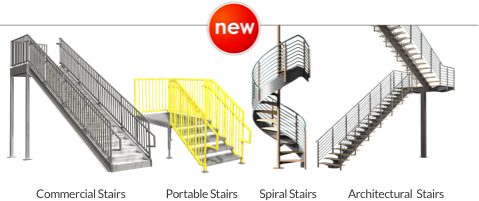
ErectaStep Expands Facility and Product Line
ANDREWS, SOUTH CAROLINA — (August, 16, 2017) – Continuing with their commitment to providing world class stairs and access platforms, today, ErectaStep announces the introduction of three new products designed to fill the demand for higher quality metal stair kit solutions to serve the commercial and architectural marketplaces. ErectaStep is to begin production of four…
-
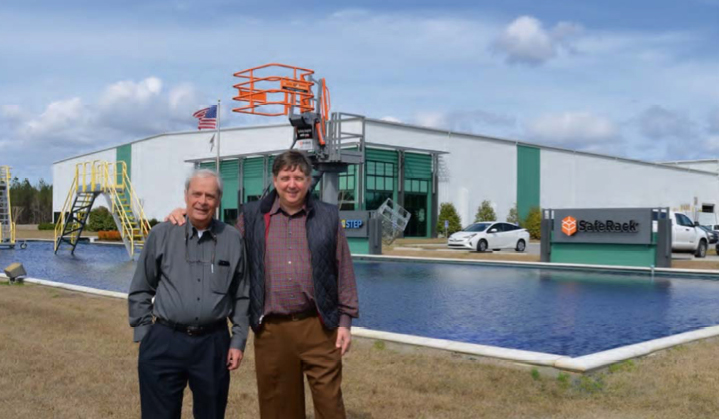
New ways of thinking lead to opportunity and growth
By Andrel S. Langely SafeRack co-founders Fred Harmon and Rob Honeycutt stand in front of the global company’s 225,000-square-foot facility in Andrews, S.C. Not seeing any virtue in simply doing things the way they’ve always been done has led to grand things for SafeRack co-founders Rob Honeycutt and Fred Harmon. SafeRack started in 2003 when…
-
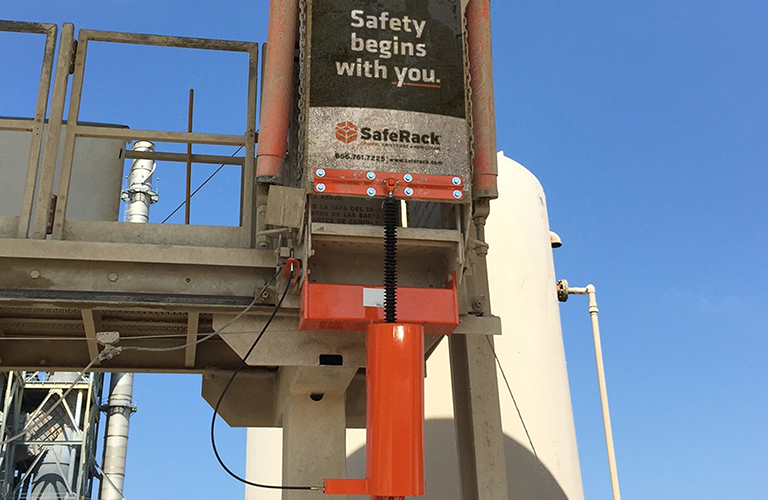
SafeRack LLC named supplier of choice for Holcim (US) and Lafarge North America Inc. plant and term
Holcim (US) and Lafarge North America Inc., US businesses of LafargeHolcim Ltd, One of the world’s leading suppliers of cement, aggregates, concrete and asphalt, have announced that they have selected SafeRack to be their exclusive provider of trailer loading gangways, platforms, and safety related loaded equipment for the entire US marketplace. Two months of joint…
-

About the buying experience
How one manufacturer streamlined quoting and grew 500 percent in six years. Metal fabricators have a history of growing through word-of-mouth. Many companies go for years, sometimes generations, without hiring a single salesperson. It’s just the nature of this manufacturing sector dominated by small, multigenerational family shops. Few say their company is “sales-driven.”
-
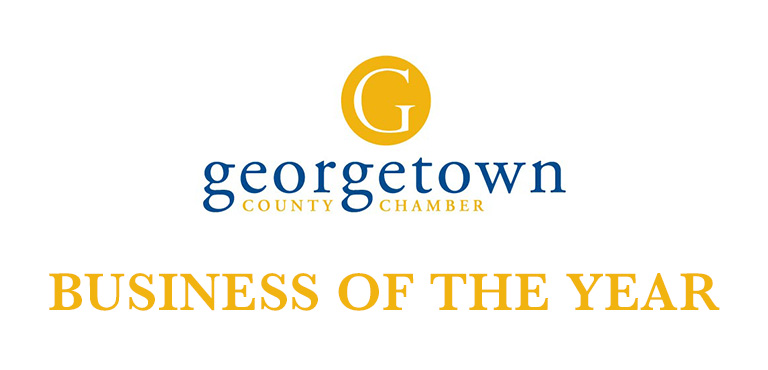
Georgetown County Chamber of Commerce announces annual award winners
Georgetown County Chamber of Commerce names SafeRack as “Business of the Year”
-

A South Carolina Startup That Hacked The Industrial Process To Reach $100 Million In Revenue
As seen on Forbes.com By Christopher Steiner Rob Honeycutt’s success defies so many conventions within the entrepreneurial canon that it’s hard to pick which part of his tale merits telling first. As a salesman, he’s not supposed to be good with software. As somebody without a college degree, he’s not supposed to be able to, in a…
-
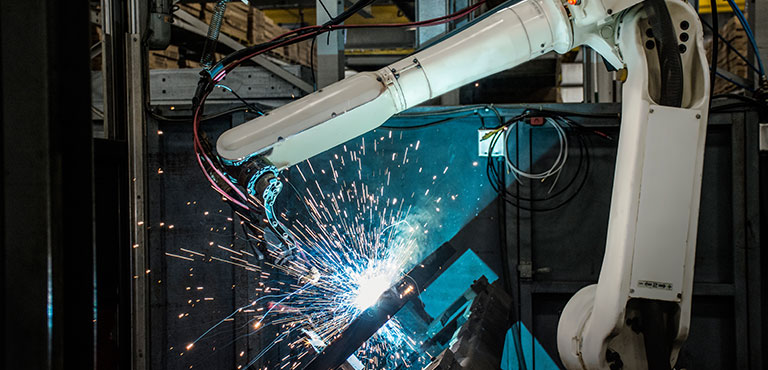
Blending Robotics and Employees: A Manufacturing Success Story
This week the Institute of Supply Management (ISM) reported that the American manufacturing sector had contracted for the fourth consecutive month. Also reported was that manufacturing employment had dropped to a six-and-half-year low. One manufacturer bucking these trends is SixAxis and its manufacturing division of various manufacturing of fall-protection safety-related products, including popular industrial brands…
-
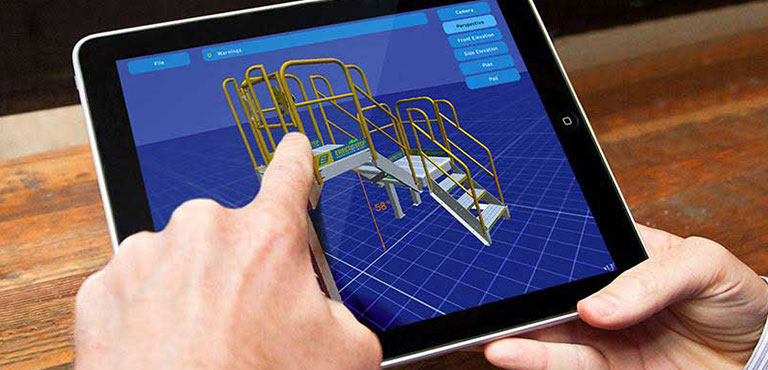
Spreading the Word: Magazine Article, Trade Show and Webcast Highlight SixAxis Communication Initiatives
With a renewed emphasis on telling the SixAxis story across a variety of audiences, this fall has been a busy one for SixAxis with a magazine article, attendance at a major trade show and a webcast to the employees of a worldwide corporation among the highlights of a busy season. SixAxis was featured in United…
-
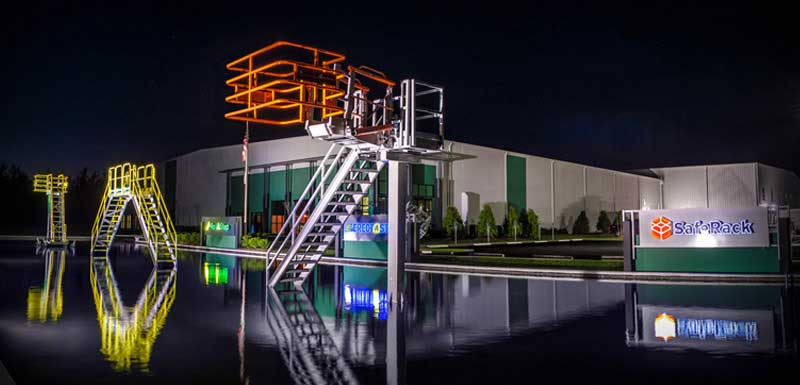
Homegrown: How a U.S.-based Manufacturer Thrives in a Global Economy
South Carolina’s SixAxis focus on customers and innovation yields big results While many U.S. manufacturers have been forced to move their manufacturing facilities overseas to remain competitive, SixAxis co-founders Rob Honeycutt and Fred Harmon have not only found a way to remain in the United States, but thrive as well. In fact, the co-founders have…
-
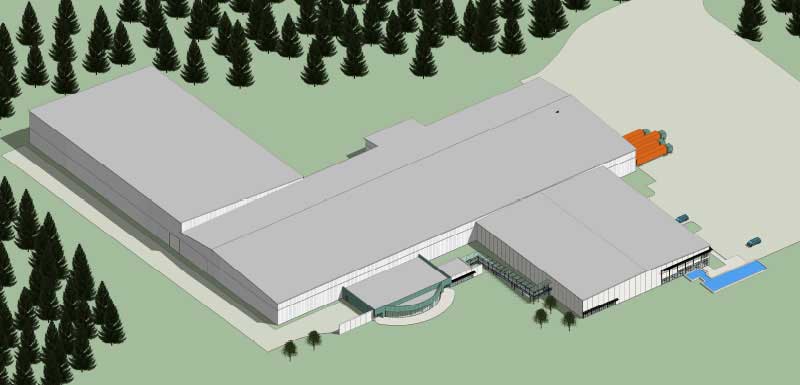
South Carolina’s SixAxis Invests $20 Million in Facility Expansion, Jobs
Partnership with State of South Carolina and Georgetown County Aids Manufacturer’s Expansion SixAxis and its division, SafeRack, a manufacturer of loading rack and safety access solutions, have announced expansion plans to support their immediate and long term growth initiatives. SafeRack, the State of South Carolina, and Georgetown County have aligned resources that culminated in a…